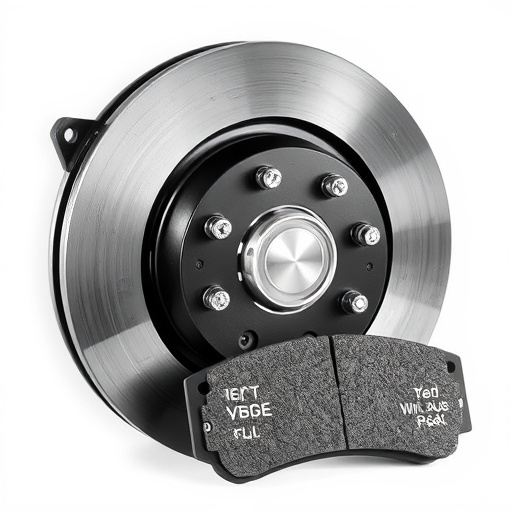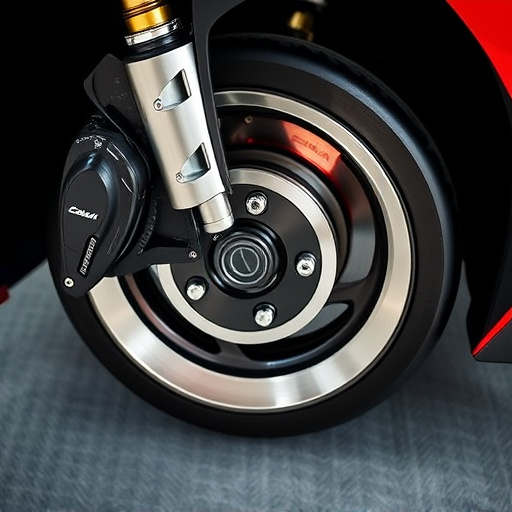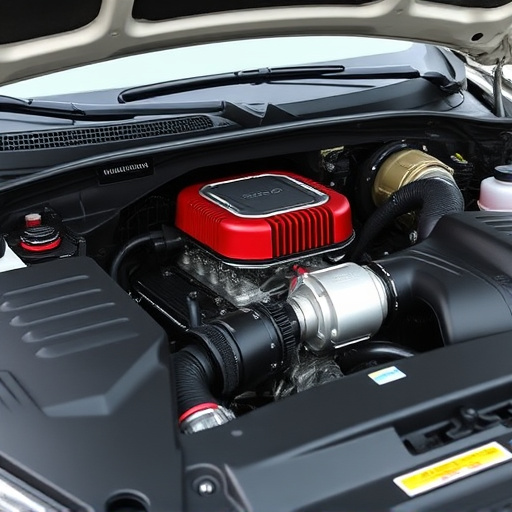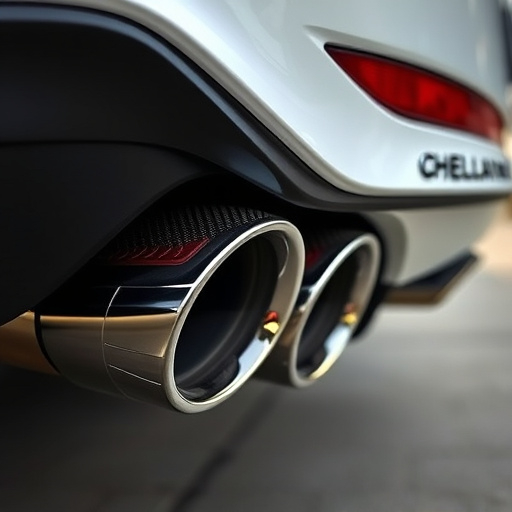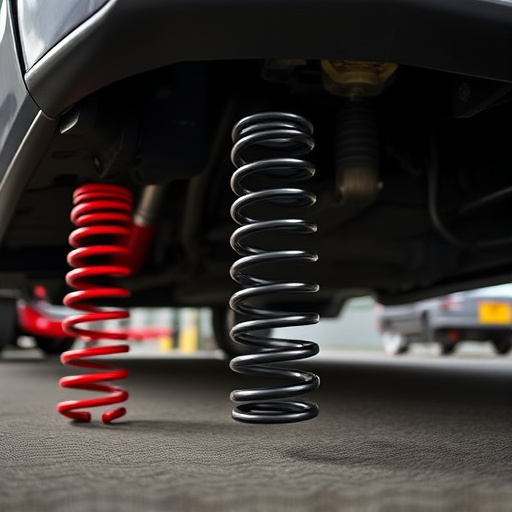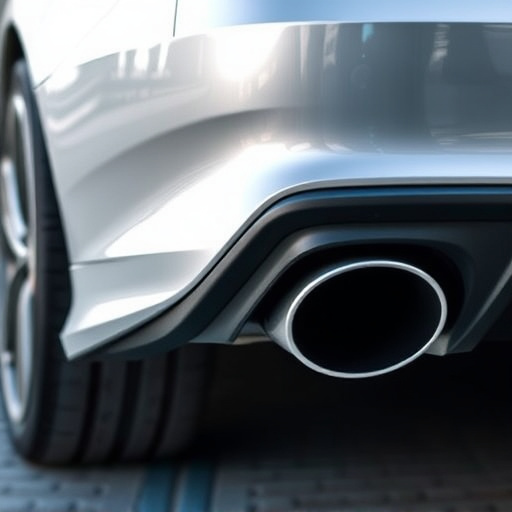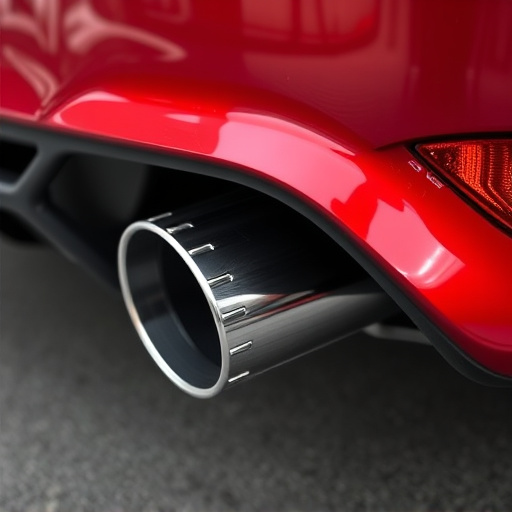Single exhaust systems streamline gas expulsion with one outlet, reducing back pressure and boosting engine efficiency, especially at high RPMs. They enhance fuel economy without compromising performance. Upgrades like cat-back systems further optimize flow, increasing power, torque, and acceleration, while minimizing emissions. Well-designed systems with quality materials and integration improve combustion, heat conductivity, and overall vehicle dynamics. Innovations in valve technology, lightweight materials, and advanced manufacturing techniques contribute to increased fuel efficiency, key in the environmentally focused automotive market.
“In the quest for more efficient automotive systems, single exhaust structures have emerged as a compelling solution. This article explores the fundamentals and advantages of single exhaust systems, delving into their unique design and impact on fuel economy. We examine various factors influencing performance, from engine configuration to material choices. Additionally, we highlight recent innovations that push the boundaries of single exhaust technology, offering a glimpse into the future of enhanced efficiency in vehicle exhaust systems.”
- Understanding Single Exhaust Systems: Basics and Benefits
- Factors Affecting Fuel Economy in Single Exhaust Design
- Innovations for Enhanced Efficiency in Single Exhaust Systems
Understanding Single Exhaust Systems: Basics and Benefits
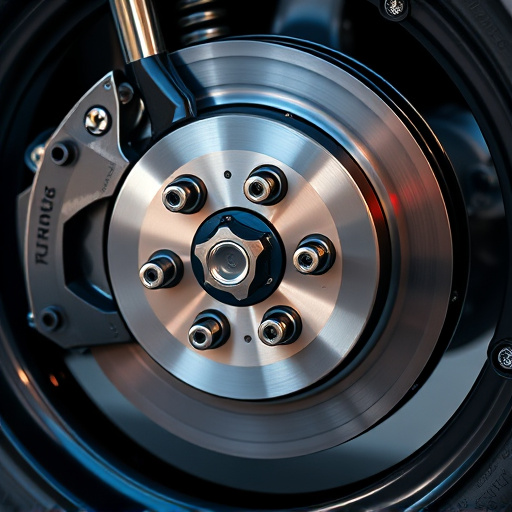
A single exhaust system is a fundamental component of an internal combustion engine, designed to facilitate the expulsion of burnt gases and play a crucial role in vehicle performance and efficiency. Unlike dual exhaust systems, it features a single outlet for all exhaust gases, streamlining the process and offering several advantages. This setup reduces back pressure within the engine, allowing it to operate more efficiently, especially at higher RPMs. By eliminating unnecessary weight from multiple pipes, single exhaust systems can also enhance a vehicle’s overall fuel economy without compromising performance.
The benefits extend further, particularly when combined with other modifications like high-performance air filters. A cat-back exhaust system, for instance, which is a common upgrade, can further improve flow and reduce restrictions, enhancing engine power and torque output. This results in quicker acceleration and improved overall driving dynamics, all while potentially saving fuel and reducing emissions, making it an attractive option for car enthusiasts and eco-conscious drivers alike.
Factors Affecting Fuel Economy in Single Exhaust Design
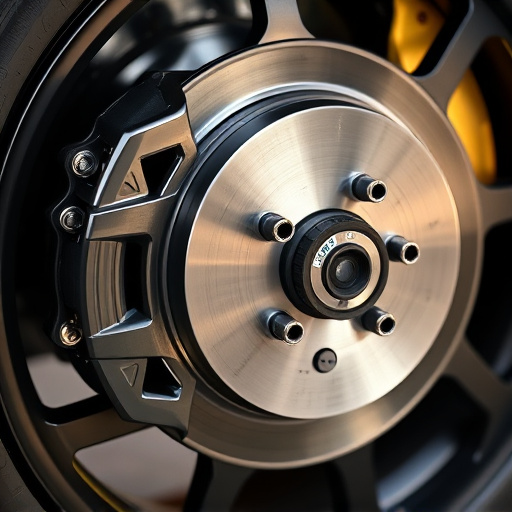
The fuel economy of a single exhaust system is influenced by multiple factors that work in harmony or disharmony to either enhance or hinder efficiency. One key consideration is the overall design and configuration of the exhaust system, which includes the length, diameter, and material choices for various components. A well-designed single exhaust can optimize gas flow, reducing backpressure and improving combustion efficiency. For instance, using high-quality materials that offer better heat conductivity can prevent energy loss due to heat retention.
Additionally, the integration of suspension components and performance brakes plays a significant role. While these parts aren’t directly part of the exhaust system, their impact on vehicle dynamics indirectly affects fuel economy. Optimized suspension setups minimize drag and rolling resistance, contributing to smoother driving and better overall efficiency. Likewise, high-performance brakes, through efficient heat dissipation, ensure that engine power is not unnecessarily dissipated as heat during braking, thereby enhancing the vehicle’s overall performance and reducing fuel consumption.
Innovations for Enhanced Efficiency in Single Exhaust Systems
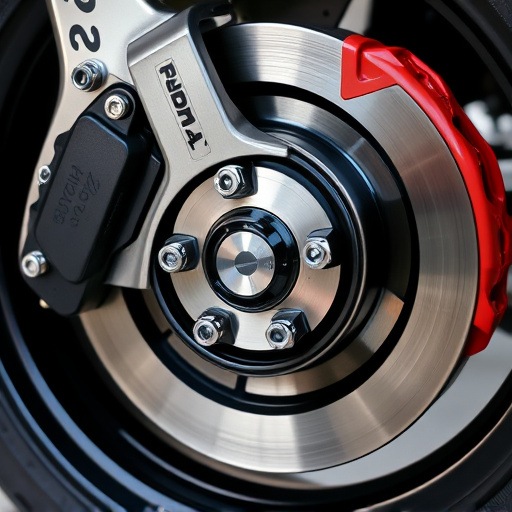
The evolution of single exhaust systems has led to significant improvements in fuel efficiency, a critical aspect in today’s eco-conscious automotive landscape. Engineers have been tirelessly working on innovations that can reduce energy wastage and optimize performance. One such advancement is the integration of intelligent valve technology, which dynamically adjusts exhaust flow based on engine load and speed. This ensures that the system operates at peak efficiency across various driving conditions.
Furthermore, the utilization of lightweight materials in exhaust mufflers and advanced manufacturing techniques for brake components has played a pivotal role. Streamlined designs, combined with precision engineering, minimize resistance, enhancing overall system performance. Additionally, the integration of coilover kits offers customizable suspension settings, contributing to improved handling and reduced fuel consumption by enabling optimal tire contact and minimizing drag.
Single exhaust systems, with their streamlined design and innovative features, offer a compelling solution for improved fuel economy. By understanding the basic principles and addressing key factors, engineers can unlock significant efficiency gains. Ongoing innovations in materials, technology, and system optimization further enhance the potential of single exhaust systems, making them a viable and potentially game-changing option for various vehicle applications.




